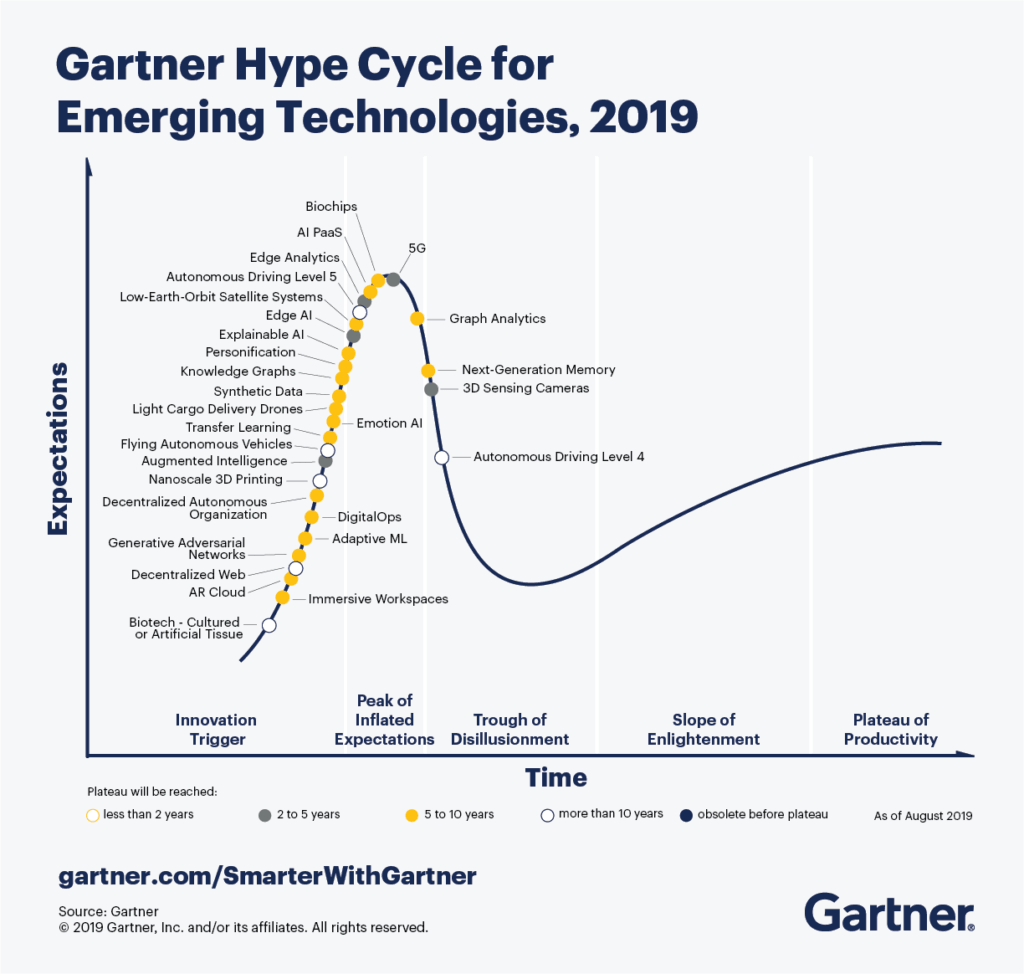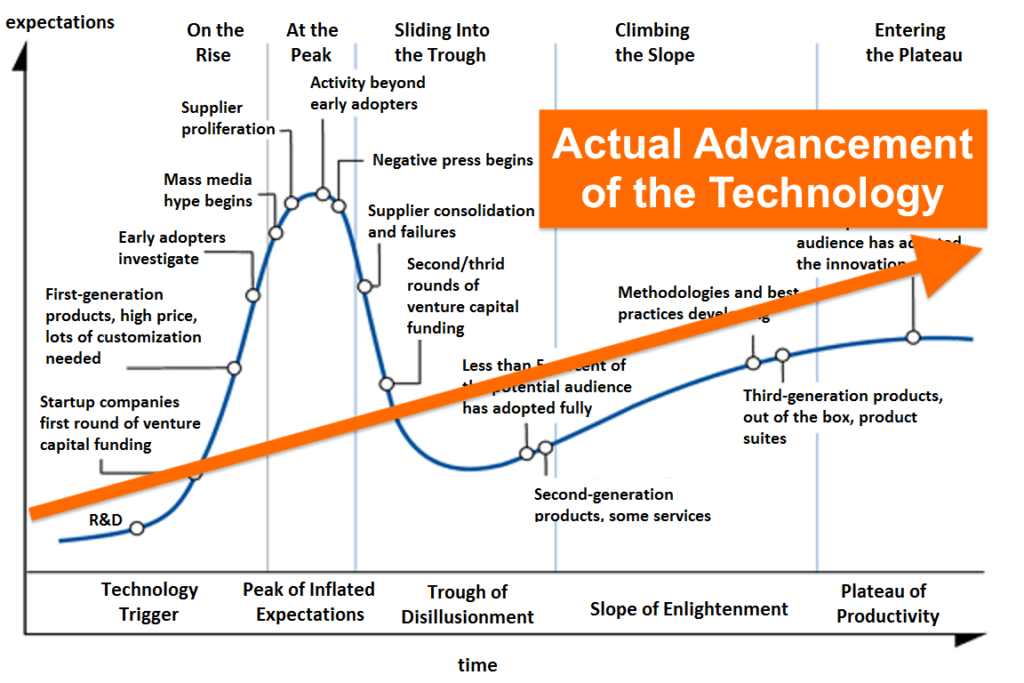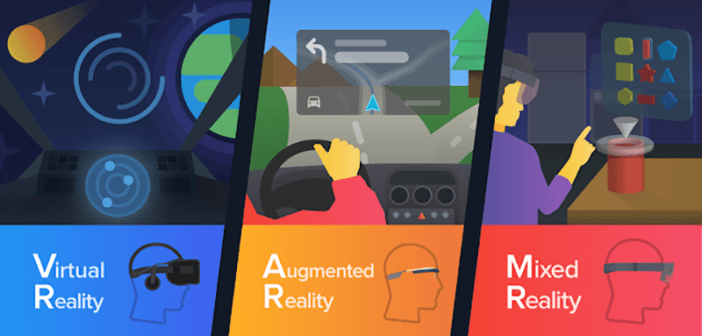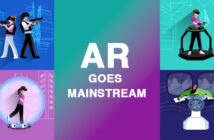Gartner Hype Cycle: Shifting momentum from reality to virtual reality is itself a big achievement for humans and this process will go on in the future as well. New inventions and discoveries will keep entertaining us and make our lives more comfortable leaving its drawbacks behind. In the present, artificial reality industry is growing at a tremendous rate and how we measure it is what we will learn about in this article.
What is Gartner hype cycle ?
Hype cycle or better known as Gartner’s hype cycle is a graphical representation of a common pattern that occurs with new technology. The hype cycle can accurately estimate the growth or depletion of given technology. Every year Gartner creates hype cycles for many clients to track technology and its future existence. Every hype cycle goes through five phases in a technology’s life cycle:

1.Technology trigger
This is the initial phase of any rising technology where the concepts and ideas related to technology take place. No products are launched in the market, and the management is keen on people’s interest.
2.The peak of inflated expectations
In the second stage, the technology is implemented in the market and a lot of publicity happens on both successful and unsuccessful criteria.
3.Dip of disillusionment
This is a crucial phase where many companies fail to alter their products with upgraded versions and rest few who were successful in addressing problems continue in investing more.
4.Slope of betterment
At this point, innovation and investment become more important for growth as, companies establish products based on future technology and test them in the real environment.
5.Elevation in productivity
In the last phase productivity elevates and deepens its root in that technological field. Products become widely implemented in technology and producers establish quality standards.
Understanding VR using Gartner’s hype cycle
All of us have different opinions regarding it, as one group of people admire this technology and its implementation in various fields and another group creates a hype of its disadvantages.
Gartner’s hype cycle has its own opinion solely based upon the readings and trends their software followed. According to Gartner, VR has become a mature technology but is not an emerging technology anymore. This sounds quite disappointing because in 2017, it was on the right track showing decent growth but in the passage of time virtual reality lost its shine. Gartner is a trusted IT firm and its belief is accepted by many big companies if they are presenting any strong indication related to technology then it might be true as well but no one can deny the fact that VR has succeeded in various sectors.
Understanding AR using Gartner’s hype cycle
Just like virtual reality, augmented reality’s growth is sailing on the same boat and a prediction made by hype cycle claims that in next five to ten years AR will reach to its trough of disillusionment, the phase where interest will diminish among people and one of the major reason behind this declination of these two technologies is minor similarities.
On the contrary, MR is performing well because it is the combination of both AR and VR. Mixed reality will soon overtake its seniors and it has already created hype among people because two different technologies merged in a single monopolized technology. MR will become the most used human-machine interface technology in the next few years.

Upcoming challenges to be faced by AR and VR
Despite their real-life uses Gartner showed a constant declination for both AR and VR, and to survive for more years some major challenges are there for AR and VR, which I am listing below:
1.3D design interface
An important aspect of this technology is to provide comfortable experience to users which are lacking on some criteria like eye strain, sound orientation, etc. a 3D design interface can resolve this problem but it is occurring as a big obstacle.
2. Missing technological elements for mass adoption
Both VR and AR are missing technological elements like convenience and control, and without these VR hardware seems to be incomplete. Convenient user experience and its availability are inevitable for mass adoption.
3. Smartphone competition
Through smartphone we are getting every technology right in our hands and VR AR hardware can be attached to smartphones. In this situation, producing different gadgets that are not related to the smartphone is a big mistake and should be taken in consideration immediately.
Conclusion
Gartner’s hype cycle is a brilliant way to determine upcoming trends related to any technology and its prediction about VR & AR seems to be shocking at first sight but emergence of MR, mixed reality on the other side is a hope that in future we will become too advanced in artificial technology and its implementations in various fields like, learning, education, automotive industry, gaming, etc. Arriving of better technology and deportation of existing technology is a positive indication that we are innovating and moving positively in real-time.




